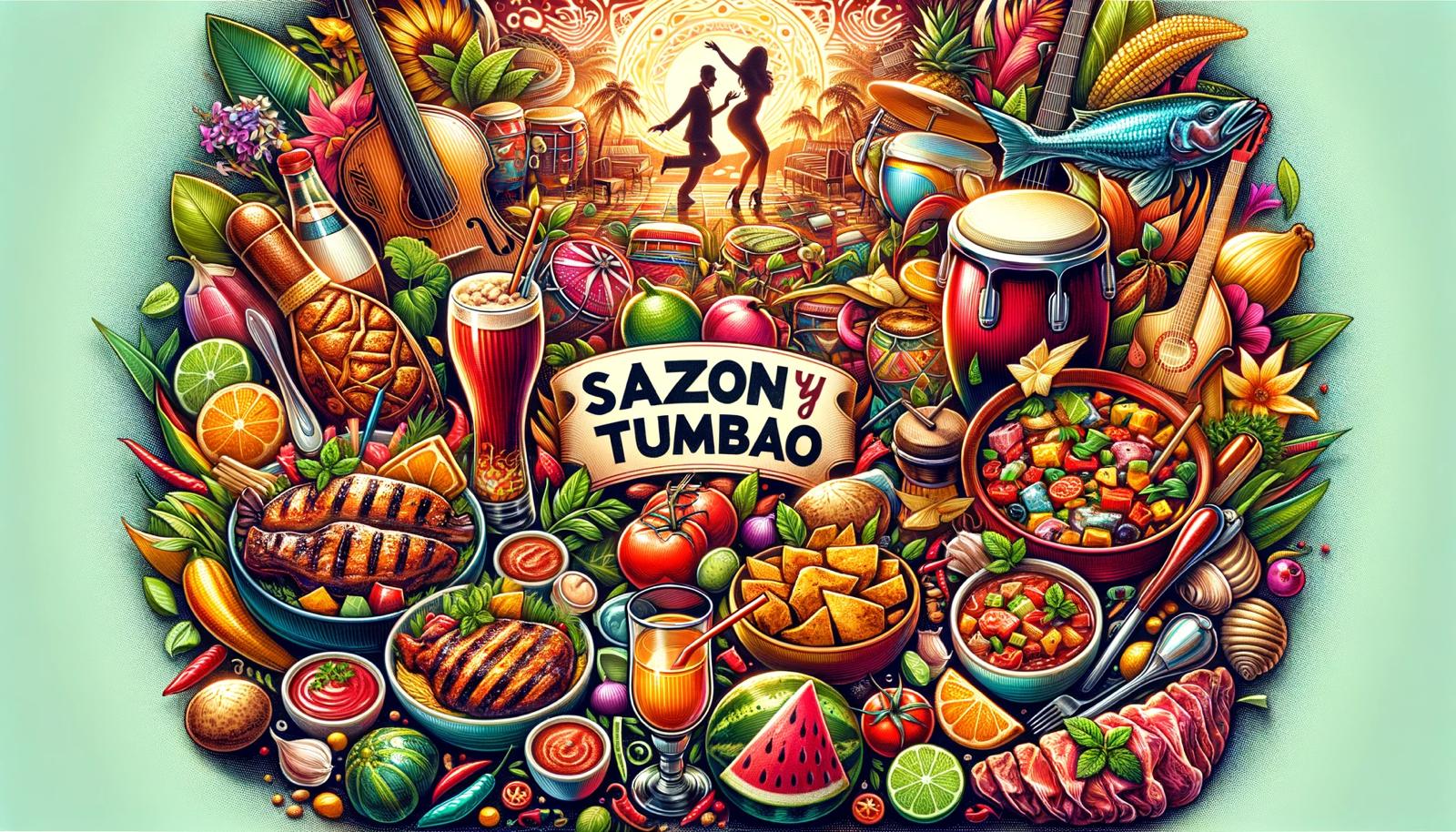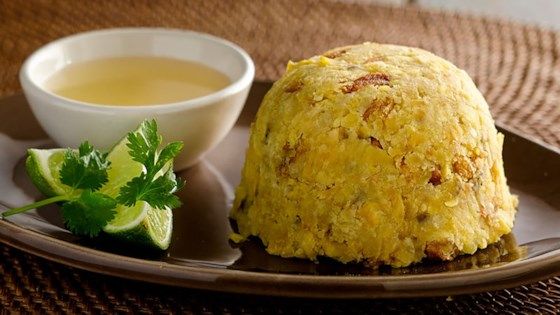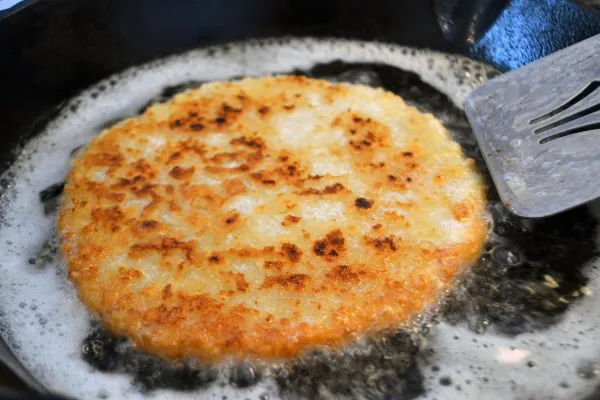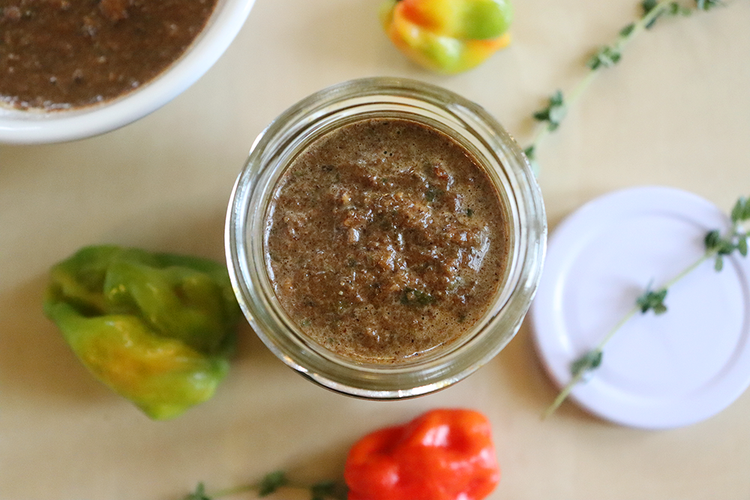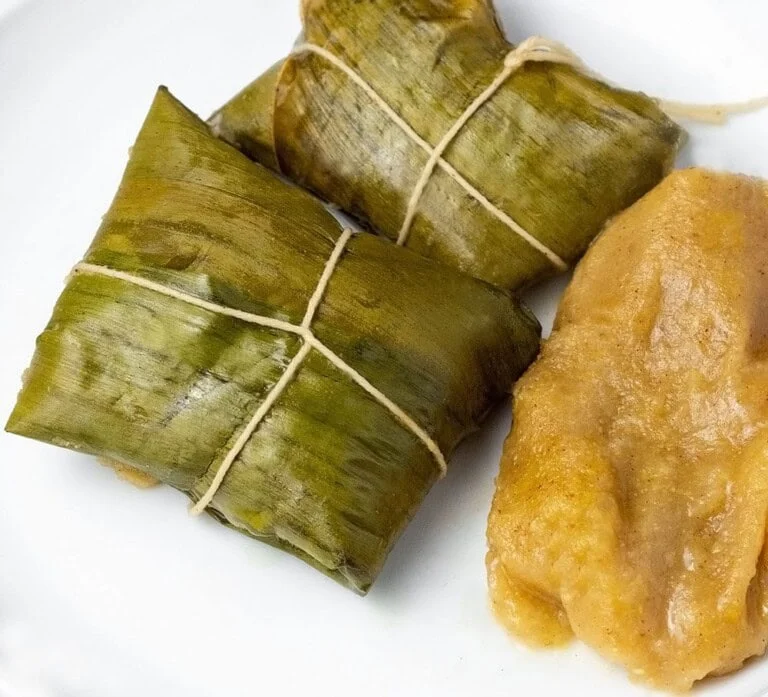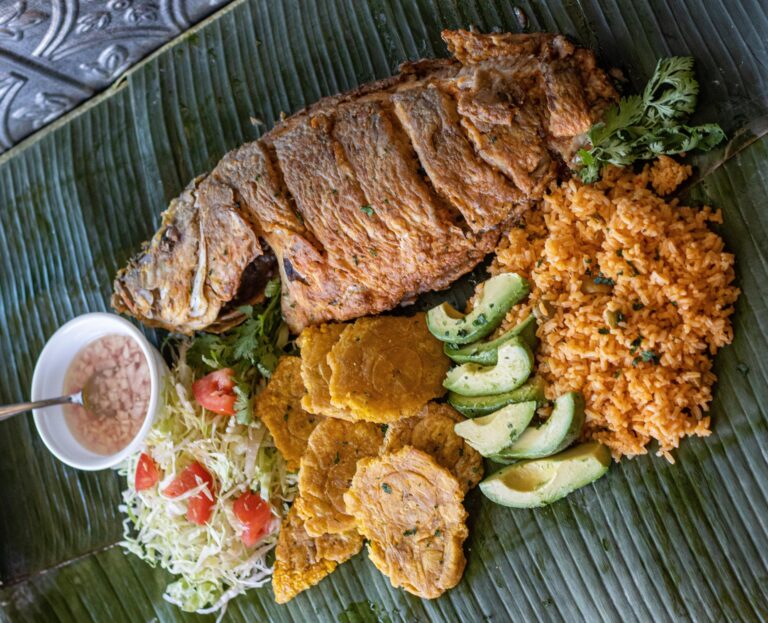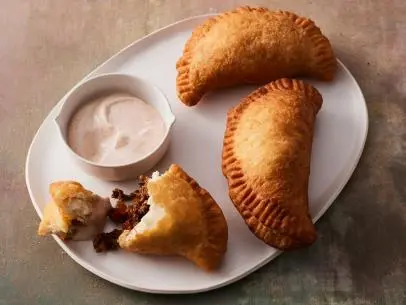Mofongo, a traditional Puerto Rican dish, has captured the hearts of food enthusiasts with its unique texture and rich flavors. But beyond its taste, mofongo holds a treasure trove of nutritional benefits that contribute to a wholesome diet. This article delves into the Nutritional value of mofongo that make up this comforting meal, shedding light on its healthful components.
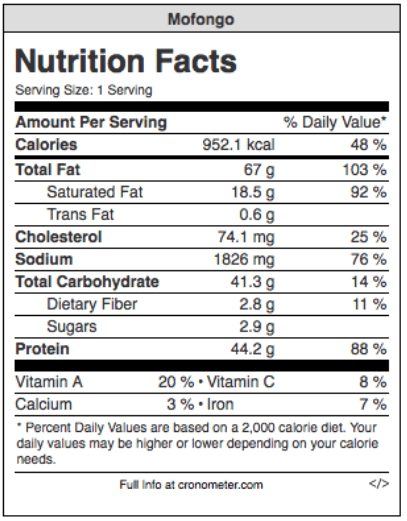
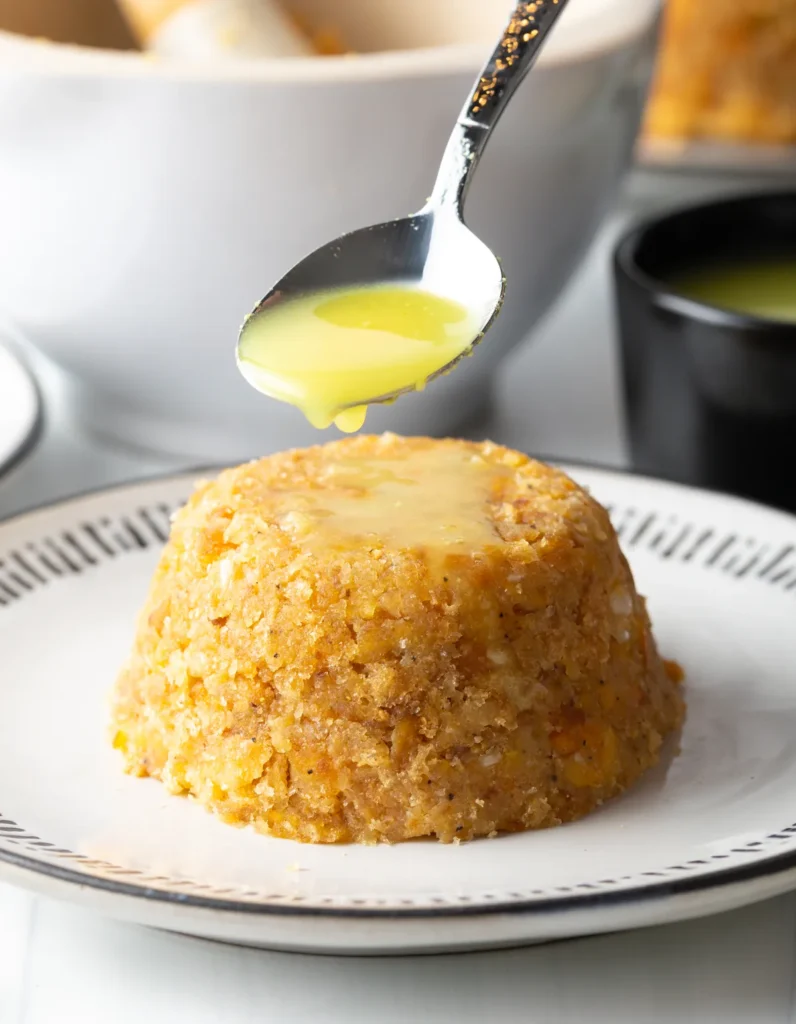
Crafted from green plantains, garlic, and various meats, mofongo is not just a culinary delight but also a source of vital nutrients. It offers a satisfying blend of carbohydrates, proteins, and fats alongside a spectrum of vitamins and minerals essential for maintaining good health. As we dissect the nutritional value of mofongo, we’ll also explore how to optimize its health potential, ensuring that every bite is as nourishing as it is delicious.
What is Mofongo?
Mofongo is a dish with deep roots in Puerto Rican cuisine, beloved for its savory taste and hearty texture. It’s a gastronomic symbol of the island’s rich cultural tapestry, blending indigenous Taino, African, and Spanish influences into a single, flavorful experience.

Origin and History
The origins of mofongo trace back to the African dish ‘fufu,’ brought to the Caribbean by West African slaves. Over time, it evolved, incorporating local ingredients and cooking techniques, to become the mofongo we know today. This dish is a testament to the resilience and creativity of Puerto Rican culture, adapting and thriving through centuries of history.
Basic Ingredients
At its core, mofongo consists of green plantains, which are peeled, sliced, fried, and then mashed with a mortar and pestle.
The mash is typically mixed with garlic, salt, and crunchy pieces of chicharrón (fried pork skin) or bacon, infusing it with rich flavors.
Some variations also include shrimp, chicken, or vegetables, making mofongo a versatile base for many dishes.
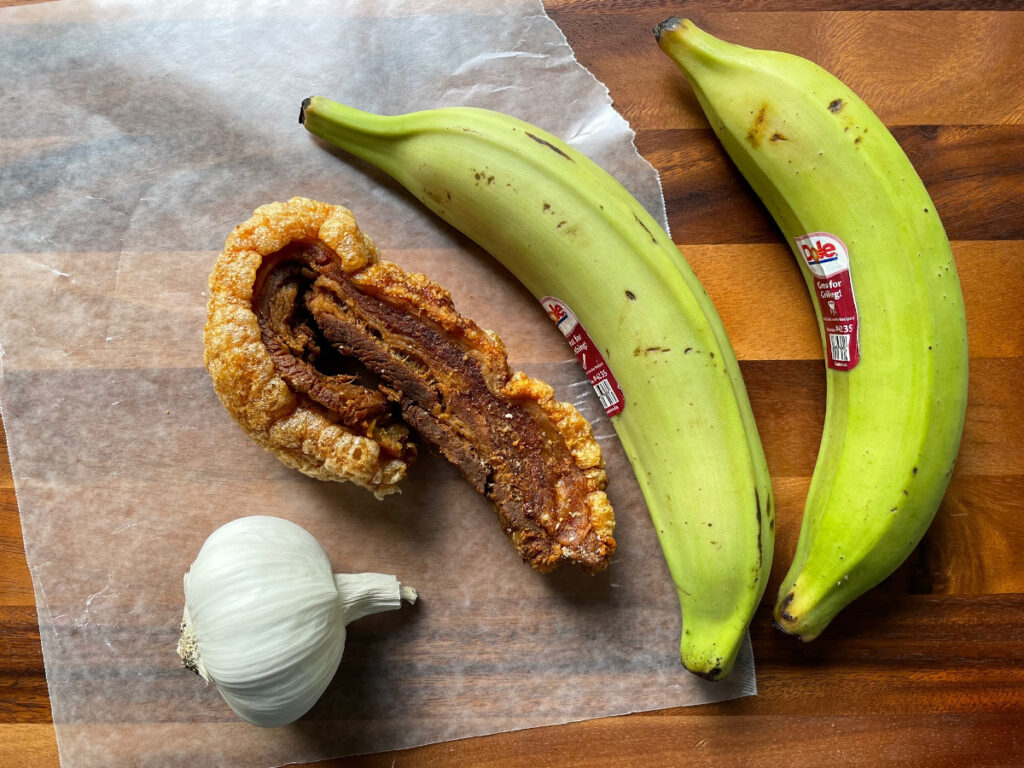
Preparation Method
The preparation of mofongo is as much an art as it is a recipe. The plantains are fried until they are just tender, then crushed with garlic and oil in a pilón, a wooden mortar and pestle. The key is to achieve a perfect balance of textures—soft enough to meld flavors but firm enough to maintain a satisfying bite. Once mashed, the mixture is often shaped into a dome or bowl, serving as a vessel for additional toppings or sauces.
Nutritional value of mofongo
Mofongo isn’t just a feast for the senses; it’s also packed with nutritional value that can be a part of a balanced diet. Let’s break down the key nutritional components of this beloved dish.
Carbohydrates:
Green plantains, the primary ingredient in mofongo, are a rich source of complex carbohydrates. These carbs provide the body with energy and are essential for brain function.
Proteins:
Depending on the addition of meats like chicken, shrimp, or chicharrón, mofongo can offer a good amount of protein, which is crucial for muscle repair and growth.
Fats:
While mofongo does contain fats, particularly if pork is included, these can be moderated by adjusting the amount and type of meat used.
The use of olive oil instead of traditional lard can also provide healthier monounsaturated fats.

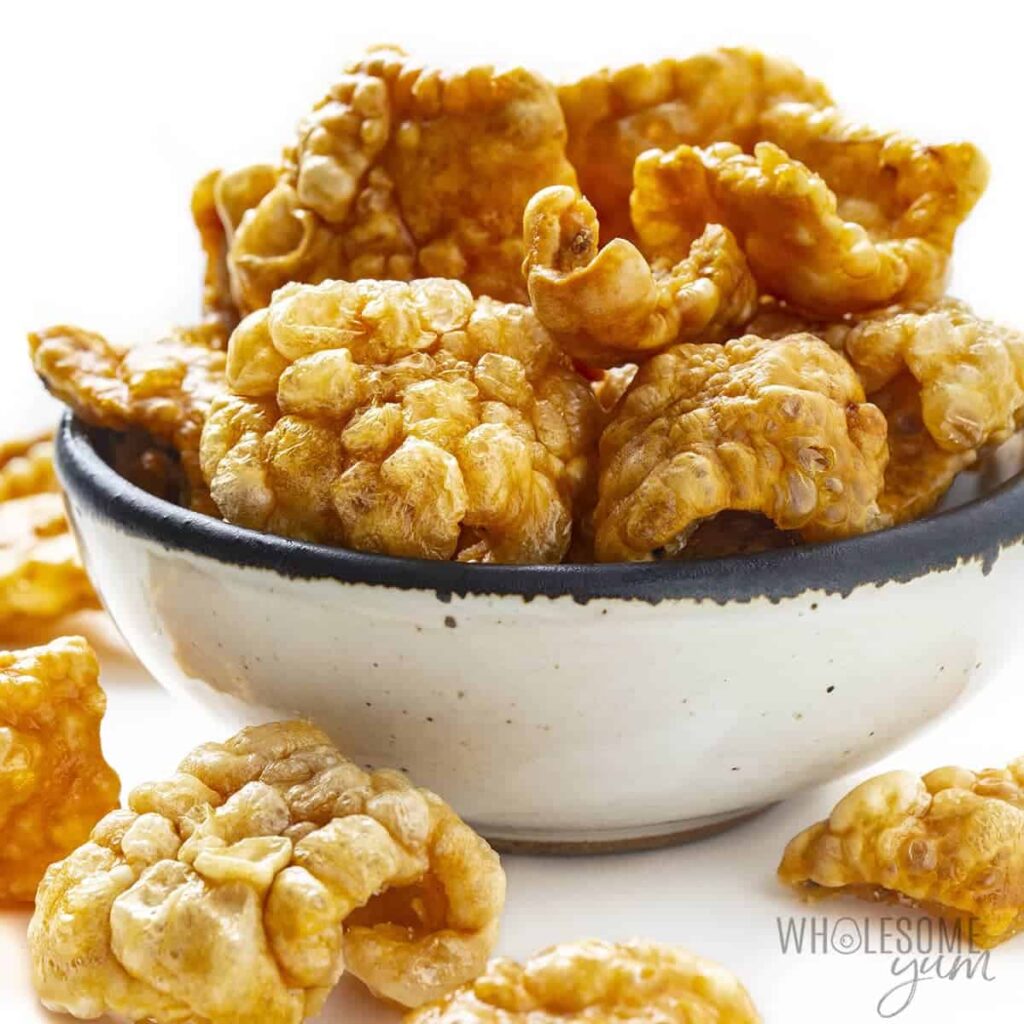

Vitamins and Minerals
Mofongo’s plantain base contributes vitamins such as Vitamin C and Vitamin A, which are important for immune function and vision, respectively. It also contains minerals like potassium, which helps regulate blood pressure, and magnesium, which is involved in over 300 biochemical reactions in the body.
Caloric Content
The caloric content of mofongo can vary depending on the ingredients and portion size. However, it is generally considered a high-energy dish, which makes it a filling option that can fuel your day’s activities.
Health Benefits OF MOFONGO
Mofongo’s rich blend of ingredients doesn’t just tantalize the taste buds; it also offers several health benefits. Here’s a closer look at how this dish can contribute to your well-being.
Energy Provision
The green plantains in mofongo are an excellent source of complex carbohydrates, which are broken down by the body into glucose, the primary fuel for our cells. This makes mofongo a great option for a hearty meal that can provide sustained energy throughout the day.
Muscle Building and Repair
For those who include meat in their mofongo, the dish can be a good source of protein. Proteins are the building blocks of muscle, and consuming adequate amounts is essential for muscle repair and growth, especially after exercise.
Immune System Support
Vitamins A and C, found in plantains, play a significant role in supporting the immune system. Vitamin A is crucial for maintaining the integrity of the skin and mucous membranes, which act as barriers to infection. Vitamin C, on the other hand, is a powerful antioxidant that helps protect the body’s cells from damage.
Dietary Considerations
When indulging in the rich flavors of mofongo, it’s important to consider its place within various dietary needs and preferences. This section addresses common dietary concerns and how mofongo can be adapted to meet them.
Gluten-Free and Allergen Information
Mofongo is inherently gluten-free, as its primary ingredients—plantains, garlic, and pork—are free of gluten. However, for those with specific food allergies, it’s crucial to be aware of the potential for cross-contamination or the presence of allergens in additional toppings or variations of the dish.
Suitability for Vegetarian or Vegan Diets
Traditionally, mofongo includes meat, but it can easily be adapted for vegetarian or vegan diets by omitting the pork and substituting it with a variety of vegetables or plant-based proteins. This modification not only caters to dietary restrictions but also adds a new dimension of flavors and textures to the dish.
Low-Carb and Keto Adaptations
For individuals following a low-carb or ketogenic diet, traditional mofongo may not be suitable due to the high carbohydrate content of plantains. However, creative adaptations using lower-carb alternatives, such as cauliflower, can provide a similar experience while aligning with these dietary frameworks.
Portion Control and Serving Suggestions
Understanding portion sizes and serving suggestions is crucial when enjoying mofongo, as it helps maintain a balanced diet. Here’s how to enjoy mofongo responsibly.
Recommended Serving Size
A standard serving size of mofongo is about one cup, which provides a satisfying amount without overindulging. This portion size allows room to enjoy mofongo as part of a larger meal, including other dishes or sides.
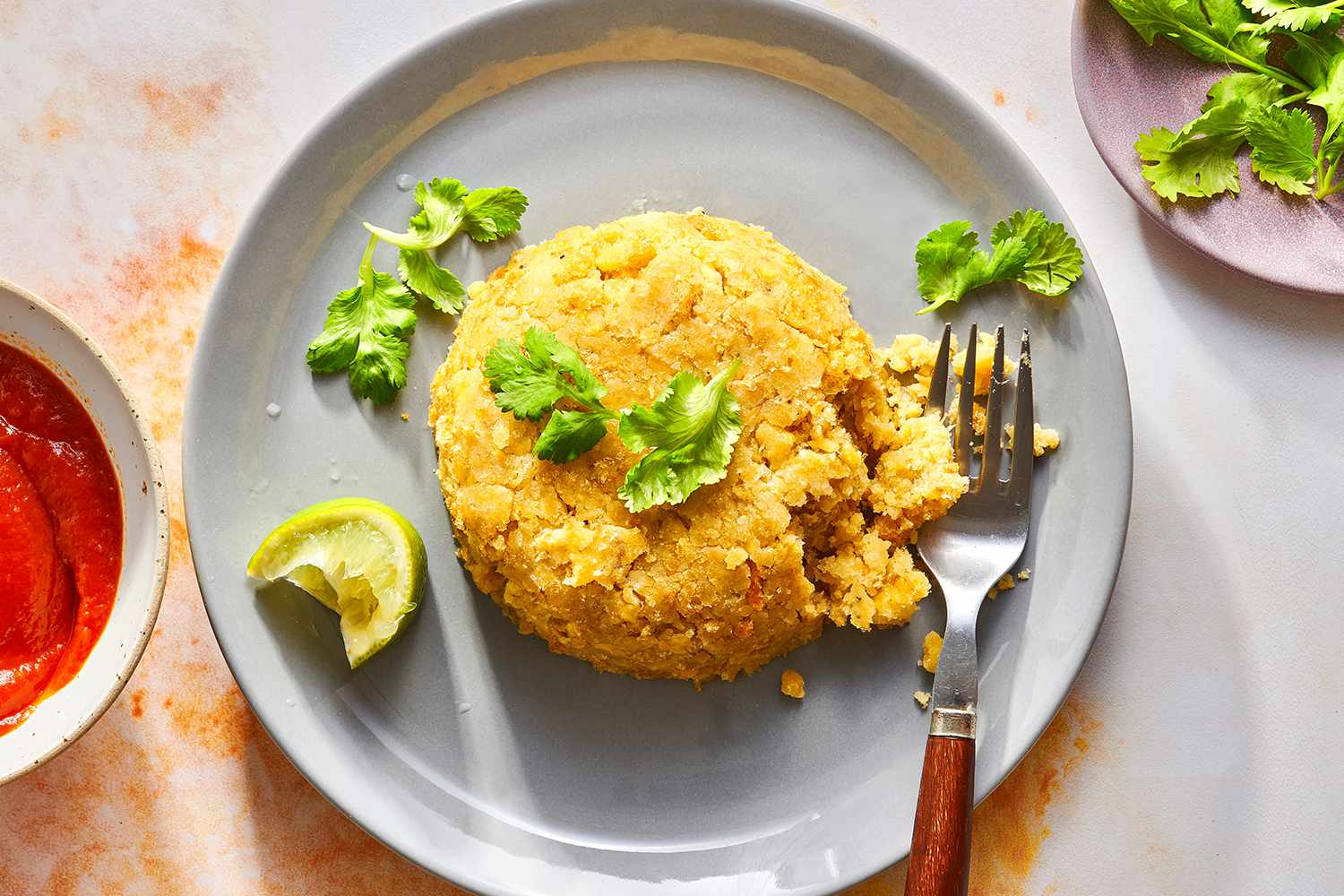
Ideal Pairings and Combinations
Mofongo pairs well with a variety of accompaniments. For a balanced meal, consider serving it with a side of leafy greens or a fresh salad. This not only adds nutritional value but also complements the richness of the mofongo. For protein, grilled chicken or fish can be a healthier alternative to fried meats, offering a lighter option that balances the meal.
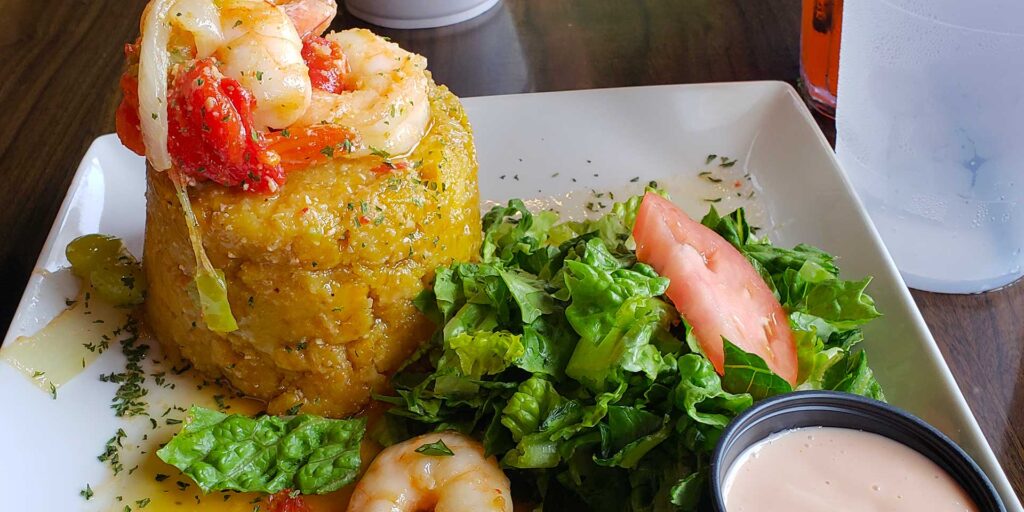
Potential Health Concerns
While mofongo is a flavorful and beloved dish, it’s important to be aware of certain health concerns that may arise from its traditional preparation methods.
Sodium Content and Blood Pressure
Mofongo can be high in sodium, especially when prepared with salt and cured meats like bacon or chicharrón. High sodium intake is associated with increased blood pressure and a risk of cardiovascular disease. To mitigate this, one can use less salt in the preparation or opt for low-sodium alternatives.
Fried Food Consumption
The plantains in mofongo are typically fried, which increases the dish’s fat content, particularly if fried in lard or other saturated fats. Consuming fried foods in excess is linked to higher cholesterol levels and heart disease. Using healthier oils, such as olive oil, and frying at the correct temperature to reduce oil absorption can help make mofongo a healthier choice.
Balancing with a Varied Diet
Mofongo should be enjoyed as part of a varied diet that includes plenty of fruits, vegetables, whole grains, and lean proteins. This ensures that you’re getting a wide range of nutrients and helps prevent the potential negative health impacts of consuming too much of any one type of food.
Final Analysis
This is all about the nutritional value of Mofongo. Mofongo is more than just a delightful dish—it’s a fusion of history, culture, and nutrition. As you savor each spoonful, remember that mofongo provides energy, supports muscle health, and contributes to your immune system.
However, be mindful of sodium levels and fried preparation methods. Whether you enjoy it with chicharrón or opt for a vegetarian version, mofongo invites you to explore Puerto Rico’s culinary heritage while nourishing your body. Buen provecho!
